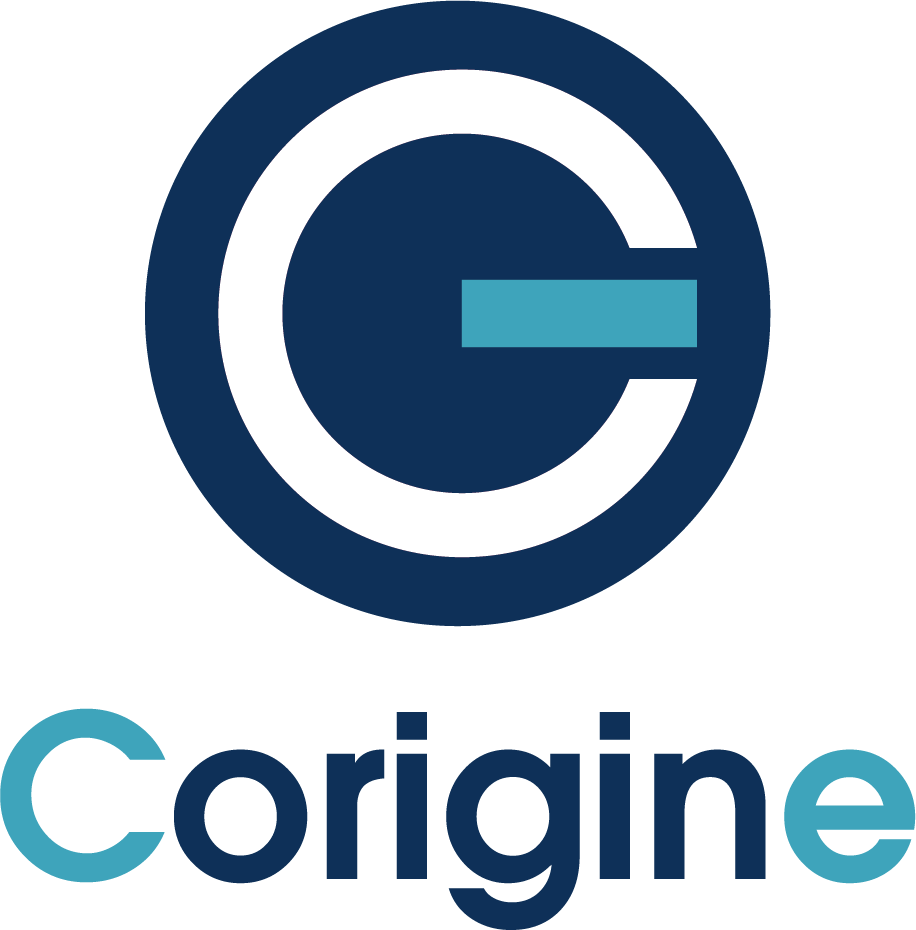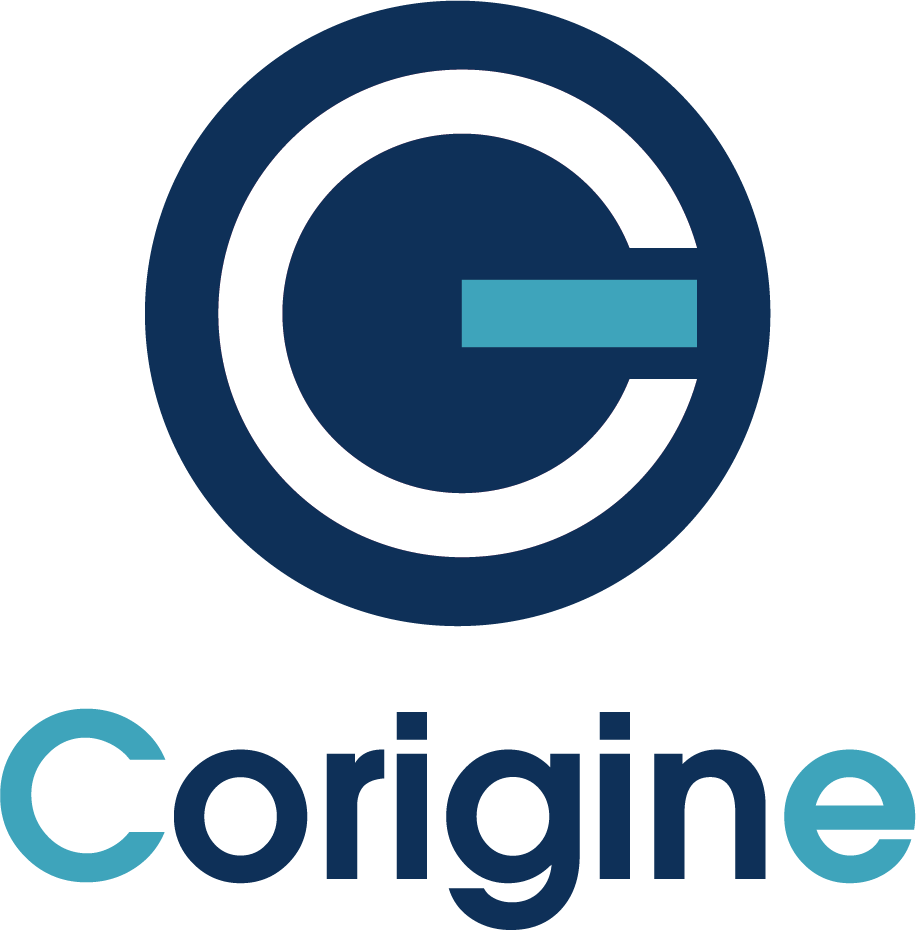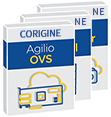Corigine is a fabless semiconductor company that designs.
Benchmarks
A common performance target for VMs in servers is approximately 1Mpps per VM. Using a 16-core server, an Agilio-accelerated server will allow 15 VMs to be deployed on the syste m, each VM using one core. The remaining core is reserved for overhead. With this configuration and a rack capacity of 20 servers, the expected output is 300Mpps for the entire rack, which costs roughly $55K in CAPEX. A total of five racks would be required to achieve similar output with non-accelerated servers, resulting in a CAPEX of $250K. The bottleneck that causes this cost disparity lies in the performance of the vSwitch. Relying on CPUs for vSwitching tasks limits performance and consumes excessive cores. The Agilio solution eliminate s the dependency, resulting in significant reductions in rack-level TCO.












